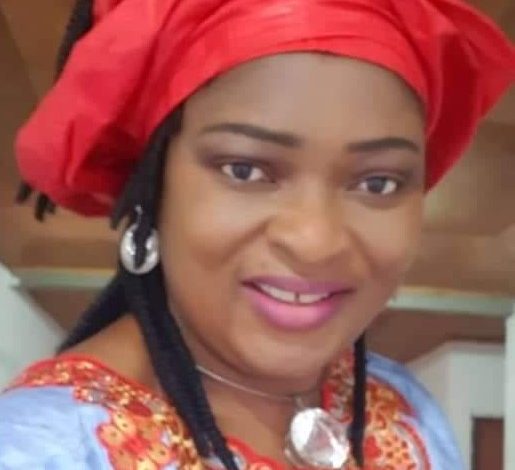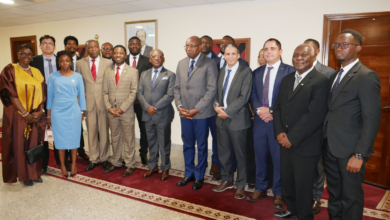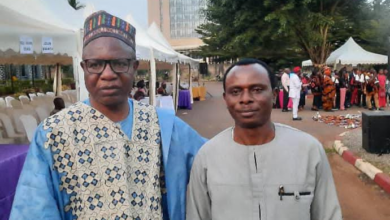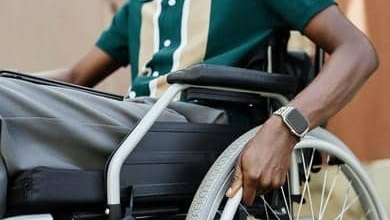Addressing Our Educational Need For Effective And Complete Inclusion-Dr Tarh Martha Ako Mfortem

There is an urgent need for Cameroon to effectively address issues on inclusion. Inclusion gives equal access and opportunities to learners and helps in getting rid of discrimination and intolerance.
The inclusive design aims at removing barriers that create separation in learners. All children have the right to access mainstream education and educational settings must adapt to the needs of learners. Every child is entitled to a broad, well-balanced and relevant education. Equality and diversity in inclusion would lead to an improvement in general educational standards.
When we include all children in school programmes, they learn acceptance of other people and that each person has unique abilities. The children learn from each other and this helps them reach their developmental potential. It is important for learners with disabilities to learn alongside their non-disabled peers in general education classrooms. Provide learners with the most appropriate learning environment and opportunities. Teach them effectively and provide appropriate resources for learning.
An inclusive classroom arrangement supports positive behaviour and learning; prevents stigmatisation by the society and promotes student to student interaction. Our government is aware of the best practices, address some theories but ignore practice because of lack of tools and placement services. Thus, focus is more on theory than practice. There is an urgent need to address effective and complete inclusion; not partial or selective. Our children stigmatise their peers with special needs and disabilities because they are not raised to see ability in disability and our society has failed to recognise that it is our system that is disable and not our learners. Special educational needs are special because learners require extra or different help from that given to other children of their age.
They need special educational provisions. Their problems may be with communication and interaction, cognition and learning, social, mental and emotional health, sensory or physical. It is the responsibility of the government to address the needs of these special learners. Teachers should be trained to identify the needs of their learners, follow up their rates of progress and understand the ways in which they learn best. They should teach other children how to interact with children with special needs and disabilities. Teachers should also be trained to identify learners who need support or help but who are not with special needs.
They should know that children and young people who have special educational needs (SEN) do not necessarily have disabilities and some disabled children and young people do not have special needs. Teachers should be able to identify the five most common learning disabilities which are dyslexia, ADHD (Attention Deficit Hyperactivity Disorder ), dyscalculia, dysgraphia and processing deficits. Some common types of special needs are speech and/ or language delays, autism spectrum disorder, cognitive delays, social and emotional disorders and learning difficulties/ disabilities. Early intervention is very necessary. Teachers should be trained to set up small circles of friends, small playgroups or use other strategies to incorporate vulnerable children in mainstream schools. Learning should be focused more on instructional quality and less on quantity. Teachers should be able to sense underlying issues behind a child’s behaviour along with helping them as situations occur.
Respect their pace and learning styles. Parents also have a vital role to play as they must be consulted on the decisions that affect their children and their children’s views. Schools should involve psychologists and other children specialists to resolve the entrenched inequalities that hamper special educational needs and disabilities learners. These support interventions must meet the needs of the learners and support should be changed where necessary.
Our schools have rigid standardised testing which is focused on the majority of learners and may set children with special needs to fail. Most of these tests are not built upon the special learner’s interests, there is a need for adjustments. The government should come face to face with the cracks in our educational system and incorporate learners with special educational needs and disabilities.




